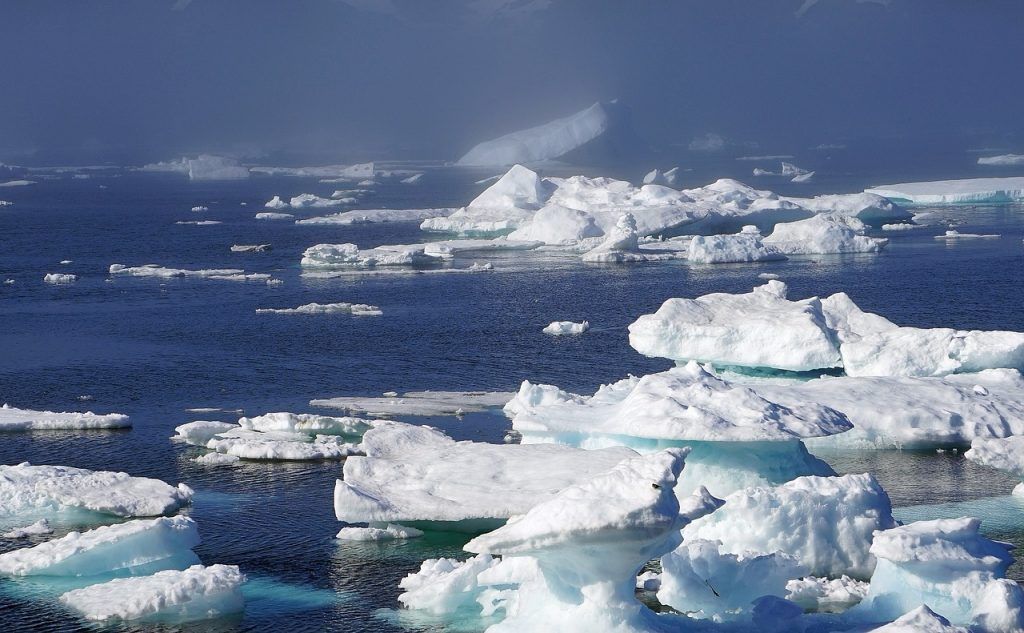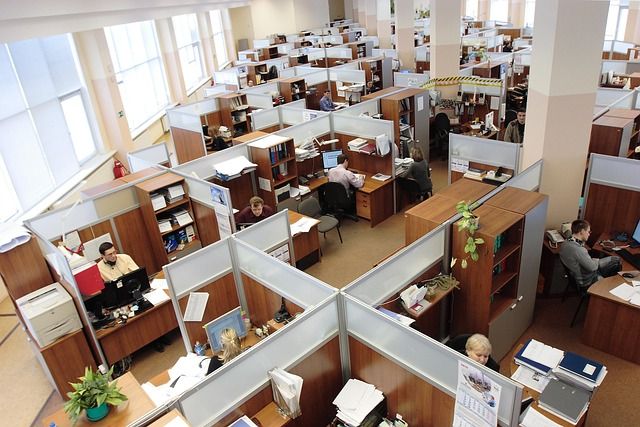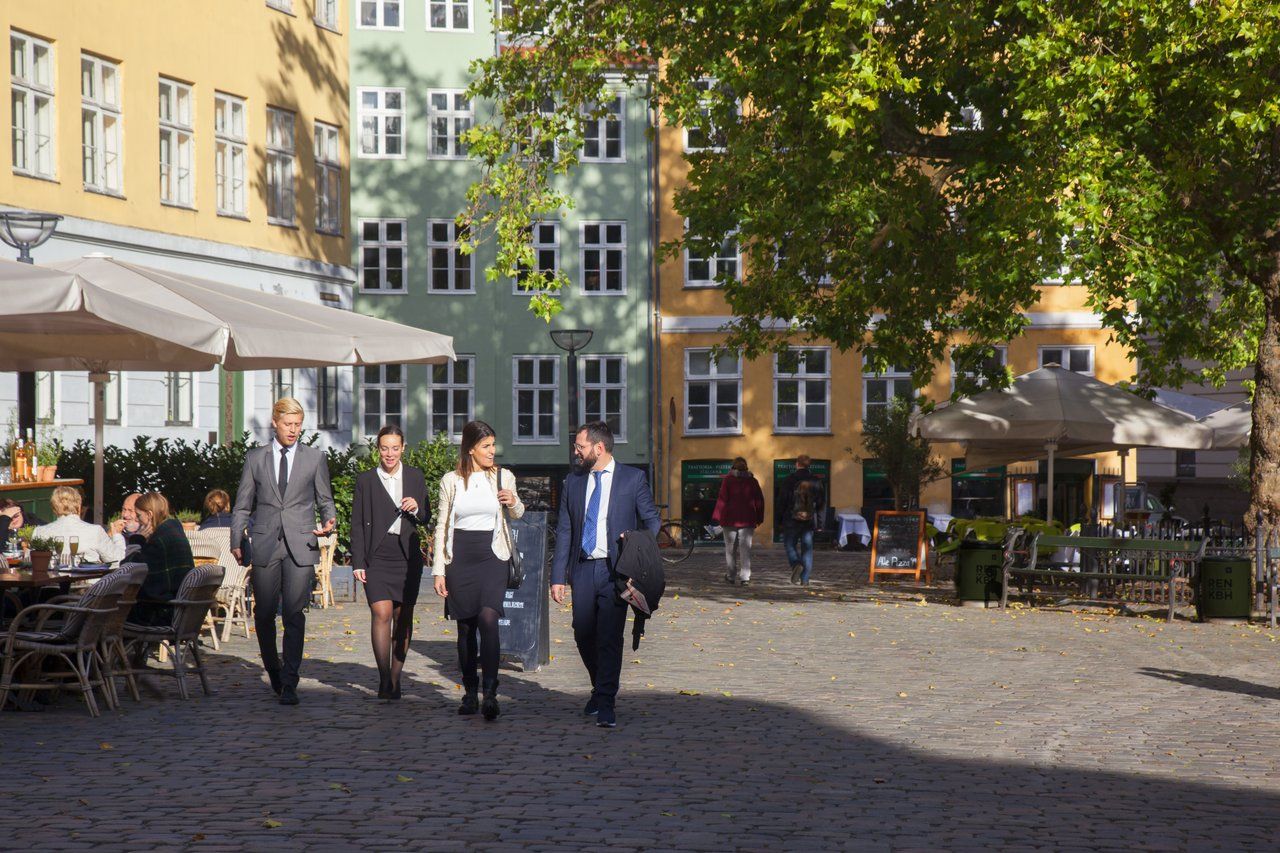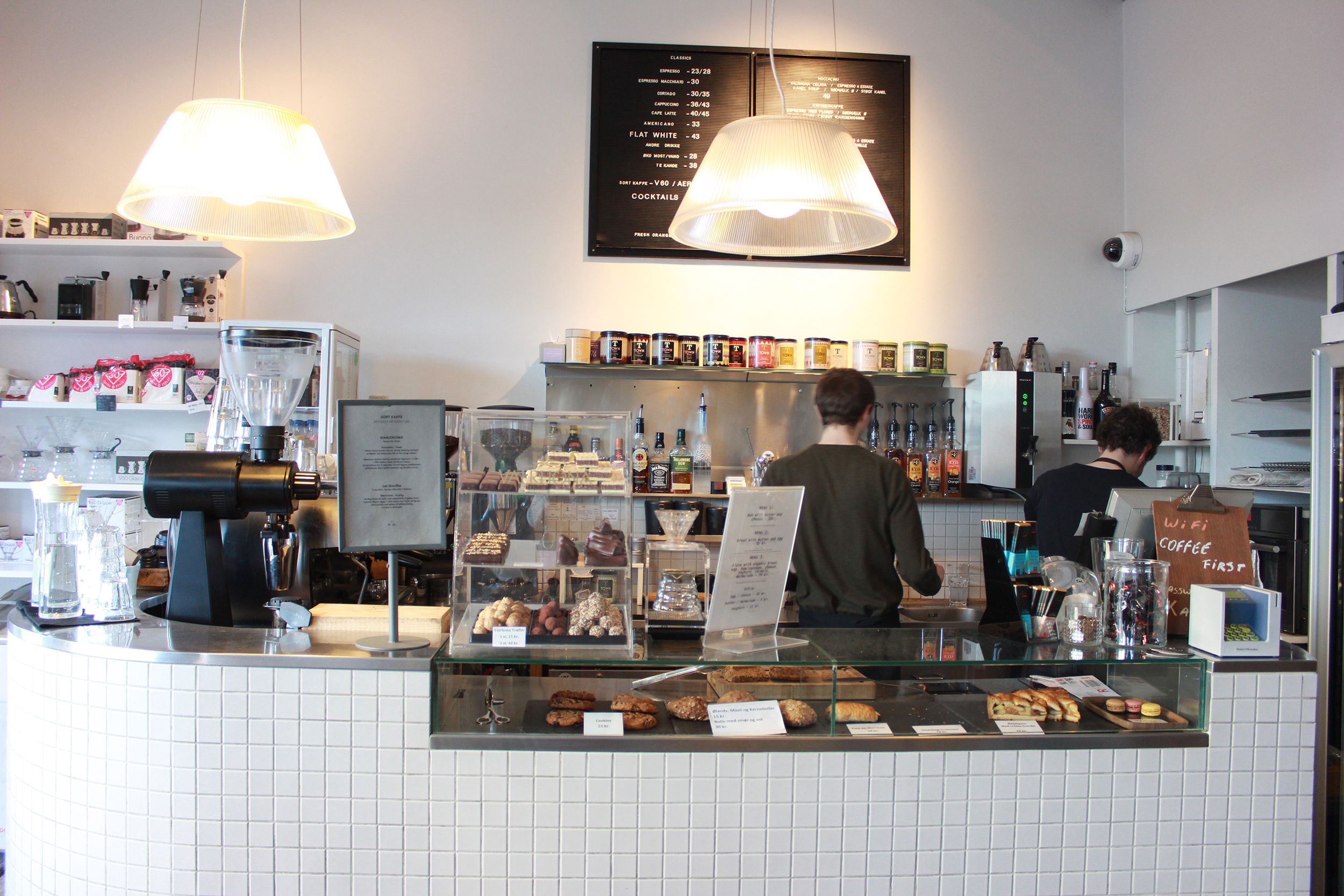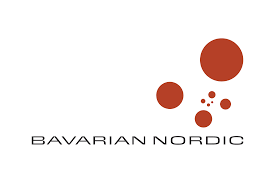For the five and a half million individuals residing in Denmark, waste is a perpetual problem, but it is not one that is being ignored. However, depending on who you ask, the nation’s chosen disposal method – incineration – is either an ‘environmentally-friendly’ end station, or just a step in the right direction.
While 42 percent of Danish waste is recycled, according to official statistics, the majority, 54 percent, is burned in a process that converts waste into new forms of useful energy. In Denmark’s case, that means that instead of being sent to landfills, rubbish is burned to produce heat and electricity at what are known as waste-to-energy plants.
Amagerforbrænding, Denmark’s second-largest waste company, handles approximately ten percent of the country’s waste. That trash either winds up at one of 12 recycling stations or at its waste-to-energy plant in Amager.
Jonas Nedenskov, an engineer with Amagerforbrænding, explained that the plant incinerates over 400,000 tonnes of waste per year, which is converted into “climate-friendly energy” that supplies 120,000 households with heat in the form of forced hot water and 50,000 households with electricity.
But Amagerforbrænding isn’t just burning waste; recycling is a large part of the company’s environmental efforts, and some 85 percent of the waste received at the recycling stations can be reused.
Amagerforbrænding hopes it can encourage people to recycle more. “Our task is to ensure that the collection and sorting of the many different plastics is as easy as possible,” Nedenskov said. Its latest initiative, to promote plastic recycling, is being carried out in co-operation with the city of Copenhagen.
Although incineration is a more environmentally-friendly process than landfilling, critics say it isn’t as green as its supperters make it out to be.
The process includes the emission of unhealthy toxins into the air, which is a concern to employees, the community directly surrounding the plant and the greater community.
Amagerforbrænding, according to Nedenskov, seeks to minimise the amount of toxins it releases by filtering its emissions to satisfy air quality requirements put out by environment agency Miljøstyrelsen.
But while emissions can be scrubbed, incineration’s other by-product is more difficult to deal with. After trash is burned, the leftover slag, made up mostly of metal, is unusable for anything other than road-building, contended Christian Poll of nature conservation society DN.
Essentially, the incinerators just “transform waste into concentrated material”, Poll said. “Those supporting incineration often forget to tell that story.”
While Poll agreed that incineration is “much better than landfilling, like we used 20 years ago”, Denmark should instead encourage people first and foremost to reduce the amount of waste they produce, reuse what they can, and then to recycle as much of the rest as possible.
A dispute between Amagerforbrænding and CONCITO, an environmental policy think-tank, surrounds this issue – Amagerforbrænding wishes to build a new incineration facility, while CONCITO argues that it is not entirely necessary.
While it does not support the current building proposals for the facility, CONCITO does back the facility’s overall expansion.
“We want the incinerator to be small so there’s room to make the change to recycling,” Poll said. “If it has a smaller capacity, there will be real incentives to generate less waste for incineration.”
Copenhagen’s deputy mayor for technical and environmental affairs, Ayfer Baykal (Socialistisk Folkeparti), said a compromise needs to be reached on the size of any new incinerators built in Amager. The city refused to back a loan guarantee to build two new furnaces, each capable of handling 35 tonnes of waste per hour.
“We don’t need the incinerators to be so large, because the amount of trash generated in Copenhagen is expected to fall by 20 percent in the coming years,” Baykal told Politiken newspaper.
Baykal declined to say what compromises the city hopes to make, but Mogens Lømborg of Amagerforbrænding told Politiken that the larger ovens would be more cost-effective in the long-run.
Currently, CONCITO is waiting to hear back from the board of Amagerforbrænding with what it hopes will be plans to include more recycling facilities.
Looking towards the future, Poll said there was reason to expect Copenhagen would continue to recycle more and incinerate less. Calling the migration from landfilling to incineration a “good step”, he said continued progress would take effort. “Everything is possible; you just have to want it.”


